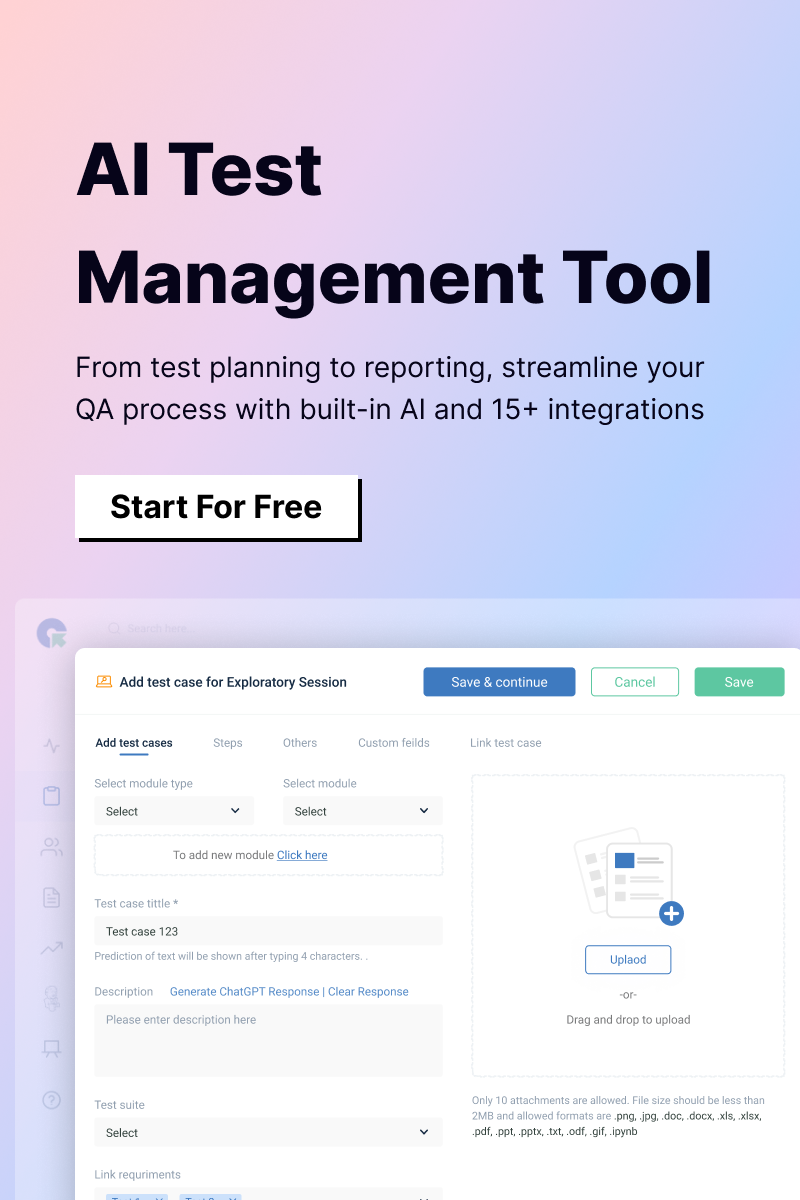DevOps recommends shift-left testing principles to detect and address bugs early in the development process, reducing costs and speeding up time-to-market. By integrating testing earlier in the lifecycle, it improves code quality, enhances user experience, and minimizes expensive rework. This proactive approach makes the development process more efficient and cost-effective.
What are the benefits of shift-left DevOps?
Shift-left testing emphasizes early testing by involving testers throughout the development lifecycle, starting from the planning phase. Developers actively engage in testing, learning automation techniques, and embedding testing into their daily workflow. The benefits of Shift-Left Testing in Automation are:
- Better Automation: Shifting left supports broader test automation, reducing human errors, increasing test coverage, and speeding up delivery.
- Faster Error Resolution: Early identification of errors enables quicker fixes, shortening the time between releases and improving software quality.
- Improved Satisfaction: Faster delivery with fewer defects improves user and business satisfaction, fostering stronger partnerships and trust.
What is the shift-left testing principle?
The shift-left testing principle involves starting the testing process earlier in the software development lifecycle, ‘shifting left’ on the project timeline. This approach speeds testing and development by identifying and addressing issues sooner, reducing delays commonly seen in traditional models where testing occurs late in the cycle. It improves efficiency, speeds up delivery, and improves software quality.
What are the four types of shift-left testing?
The four types of shift-left testing are:
- Traditional Shift-Left Testing: Focuses on early unit and integration testing using API testing and modern tools to detect issues early in the development process.
- Incremental Shift-Left Testing: Breaks complex projects into smaller segments developing and testing each step before moving to the next.
- Agile/DevOps Shift-Left Testing: Integrates testing into Agile sprints or DevOps pipelines, focusing on frequent, iterative testing during development, usually limited to the development phase.
- Model-Based Shift-Left Testing: Uses executable requirements, architecture, and design models to identify and fix early-phase errors, reducing 45–65% of potential issues. This is the newest approach in shift-left testing.
Why is shift-left testing important?
Shift-left testing confirms software quality is integral while using advanced cloud and automation technologies. This approach integrates modern tools and practices such as:
- Cloud Provisioning: Developers can directly deploy resources on AWS, GCP, or Azure without needing IT or operations involvement.
- CI/CD Pipelines: Testing, staging, and production environments are created and dismantled automatically as part of CI/CD workflows, optimizing efficiency.
- Infrastructure-as-Code (IaC): Tools such as Amazon CloudFormation and Terraform allow declarative deployment of infrastructures, ensuring consistency.
- Container Orchestration with Kubernetes: Enables dynamic, automated provisioning of containerized workloads, adapting to changing requirements.



